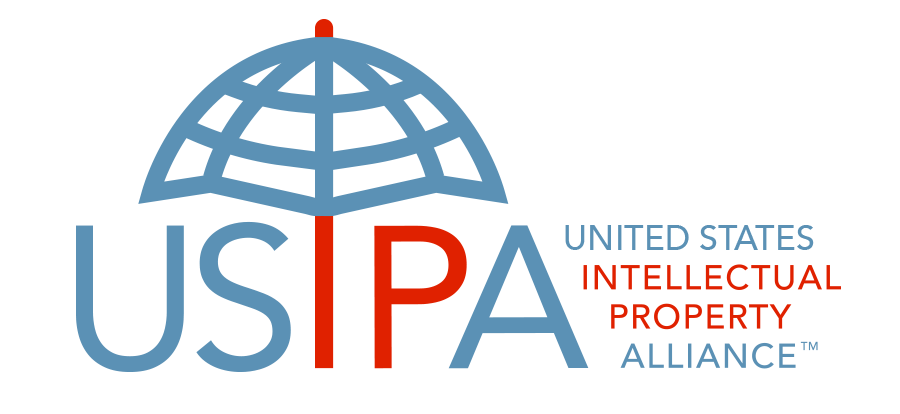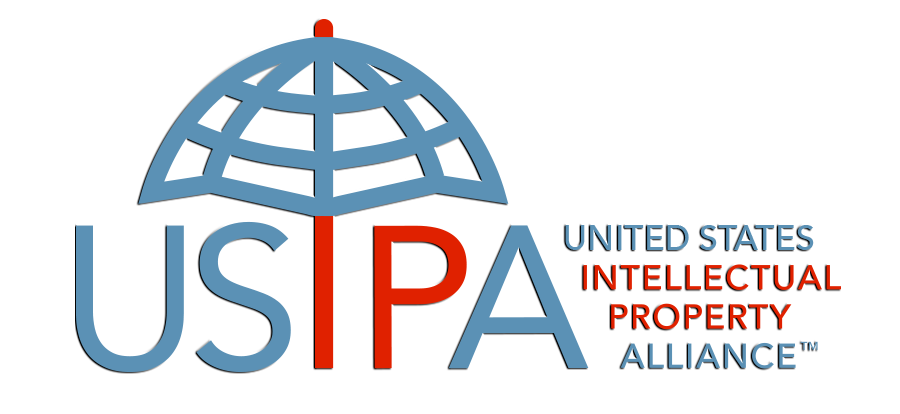Intellectual Property Education: Why it’s a Necessity for Today’s Graduates
By The United States Intellectual Property Alliance (USIPA), College and University Committee
Competence in the creation, protection, and commercialization of intellectual property is now a valuable skill set for college and university graduates looking to compete in today’s Knowledge Economy.
Intellectual property (IP) plays a significant role in realizing competitive advantage for major industries built on brands, designs, technology, content, software, or data. This suggests that nearly all academic disciplines and professions, including business and marketing, engineering, art and design, and life science, benefit from knowledge of the use of IP to create value in their chosen field or industry. While IP is based on legal rights, the use of these rights in business is strategic in nature, and hence what makes learning about IP essential for most college and university students.
Intellectual Property as a concept is a product of the law, but in practice it is an integral tool of market competition and competitive advantage. Technological innovations and creative artistic works that are promoted and secured by IP rights have been the drivers of new jobs, economic growth, cultural development and a flourishing society in the United States for over two hundred years. Moreover, understanding the role of IP rights, including patents, trademarks, trade secrets, and copyright, should be core to the education for all students of higher education in the U.S. Students across disciplines, not only those in the legal field, can benefit from more exposure to and education on the fundamentals of IP.
The Benefits of Intellectual Property Education
Intellectual property was the launching pad for the Industrial Revolution in the 19th century, the biopharmaceutical and high-tech revolutions of the 20th century, and the mobile technology, AI, Internet of Things and other upcoming revolutions in the 21st century. Now the principal engine of wealth creation in our modern economy, ‘intangible’ assets such as IP represent 90% of the market value of many publicly-traded companies in the U.S. Furthermore, IP bridges the gap between the invention in the lab or garage to the product or service purchased by consumers and used to the benefit of everyone’s lives.
Teaching college students how they can own and leverage what they create through the fruits of their labor and intellect is an ennobling and enabling endeavor. It can elevate their sense of ownership, participation and potential engagement with the broader economy. Broader understanding of IP rights may be a means of addressing our country’s significant gender and racial disparities related to patent and innovation opportunity gaps. Looking at the patent gap in STEM fields, research by Professor Lisa D. Cook of Michigan State University found that including more women and African Americans in the “initial stages of the process of innovation” could increase annual GDP by up to $943 billion. Knowledge of IP and what it can achieve for innovators, creators, businesspersons, and consumers alike should be a goal of a 21st century undergraduate education.
Intellectual Property Across Disciplines
Business & Marketing
IP is central to modern business models. For example, brand-based business, including franchising and merchandising are based on trademarks. Technology products are often based on patents. Software and all content-based businesses, including film, music, and books, rely on copyright protection. Furthermore, all of the world’s most valuable firms are built nearly entirely on intellectual assets. The value of these assets can be secured by some form of IP. Business persons and entrepreneurs create their competitive advantage on building blocks of IP.
Engineering
Nearly all intangible engineering output generates IP. R&D activities produce technical solutions to problems resulting in patentable inventions, trade secrets, and software based on copyright. For example, your smartphone contains thousands of patents and every time you download an app you click to enter into a copyright license. Whether you work on company-specific products and services, open source initiatives, or global technology standards, IP forms the foundation of the success of these endeavors.
Art & Design
Many forms of artistic expression and ornamental design may be secured via IP. This includes literary works, music, videos, and films based on copyright. It also includes the shape and form of products, such as furniture, jewelry, cars, and even computer icons and emojis based on design patents. For artists and designers, the ability to control their work through the use of IP enables their participation in downstream value creation and the recognition as the original creator.
Life Sciences
The early-stage and large investments required to bring life science research to the market often requires a strong focus on IP. This is particularly true for research conducted by universities and biotech startups whose main output is knowledge that will often be transferred to larger actors to reach the market and patients. Whether you work with the development of small molecules, biologics, molecular tools, medical devices, or personalized medicine, IP through patents, copyrights, trade secrets, and data exclusivity will be decisive in both incentivizing investment and facilitating open innovation.
===
USIPA College and University Committee Members
James Conley, Clinical Professor of Operations, Kellogg School of Management, Northwestern University
Bo Heiden, Co-Director, Center for Intellectual Property
Laura Huffman, Lecturer, Georgia Institute of Technology
Adam Mossoff, Professor of Law, Antonin Scalia Law School at George Mason University
Jelani Odlum, Program Manager, Michelson Institute for Intellectual Property
Mickie Piatt, Associate Professor of Law, Chicago-Kent College of Law
===
The USIPA College and University Committee champions the inclusion of intellectual property education across disciplines at U.S. colleges and universities. To learn more about how you can bring IP education to your campus, reach out to USIPA Executive Director Carol Beckham.

